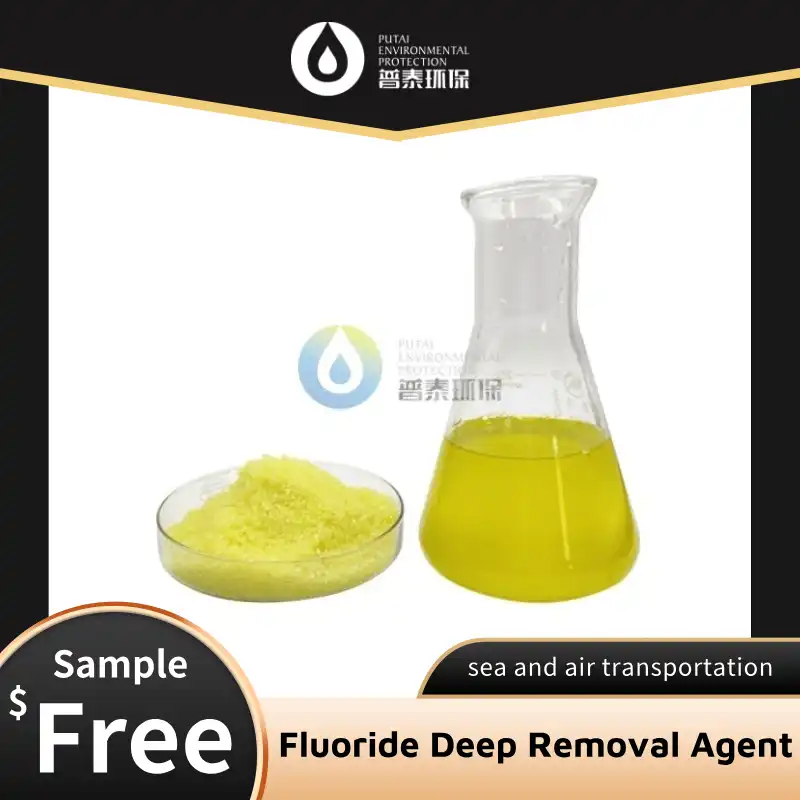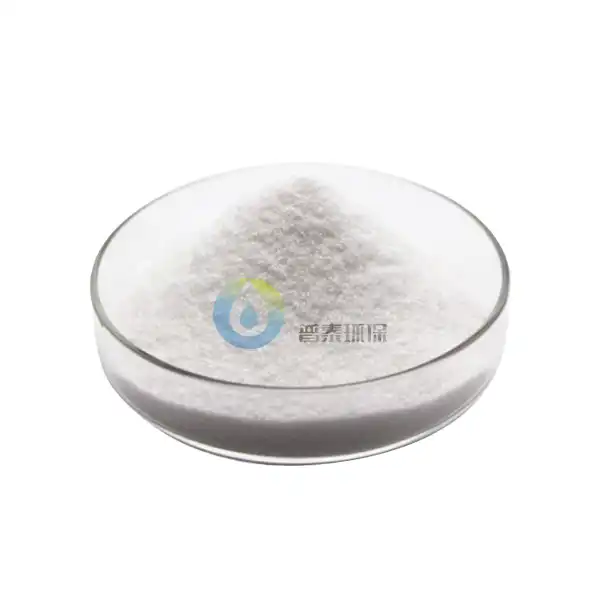The discharge requirements of fluorides in industrial wastewater in major countries around the world
The discharge requirements of fluorides in industrial wastewater in major countries around the world
I. Standards Recommended by International Organizations
- World Health Organization (WHO)
It is recommended that the fluoride concentration in drinking water ≤1.5 mg/L. Some countries directly apply or exceed this limit.
- U.S. Environmental Protection Agency (EPA)
The fluoride concentration in drinking water is classified according to its use. The recommended range is 0.7-4.0 mg/L (lower limit for caries prevention and upper safe limit) 5.
Industrial wastewater discharge standards vary greatly by industry and state regulations. For example, some highly polluting industries (such as chemical and semiconductor) may require fluoride ≤2 mg/L.
2. Eu and Member State Standards
- The unified framework of the European Union
The Drinking Water Quality Directive sets fluoride limits at ≤1.5 mg/L, in line with WHO.
The discharge of industrial wastewater mostly follows the Integrated Pollution Prevention and Control Directive (IPPC), which requires enterprises to adopt Best available technologies (BAT) to control fluoride. The typical discharge limits range from ≤5 mg/L (for conventional industries) to ≤1 mg/L (for sensitive areas).
- Germany and the Nordic countries
Surface water protection is strict. When industrial wastewater is discharged into sensitive waters, the fluoride concentration should be ≤1.0 mg/L, which is close to the drinking water standard.
Some industries (such as photovoltaic manufacturing) achieve emissions ≤0.5 mg/L through advanced treatment.
3. Japan and Emerging Industrialized Countries
- Japan
Under the Water Pollution Prevention Act, the limit for fluoride discharge from industrial wastewater is ≤8 mg/L, but local governments (such as the Tokyo Metropolitan area) may increase it to ≤3 mg/L.
The semiconductor industrial park reduces fluoride to ≤1.0 mg/L through adsorption resin technology.
- Singapore and South Korea
Hierarchical management is adopted: the limit for direct discharge into natural water bodies is ≤2 mg/L, and for discharge into municipal networks, it is relaxed to ≤10 mg/L.
4. Technology-driven Standard Upgrading
Popularization of advanced treatment technology: In developed countries, technologies such as ion exchange resins and reverse osmosis membranes are widely used, reducing the fluoride emission limit from 10-15 mg/L in the traditional precipitation method to ≤1.5 mg/L.
Economic penalty mechanism: The EU imposes daily fines on enterprises that exceed emission standards (for example, Germany can impose fines of up to 50,000 euros in a single day), forcing technological upgrades.
5. Industry Differentiation Management
- Electronics and photovoltaic industry : Due to the presence of hydrofluoric acid in the process, the ultra-low emission requirement of ≤1.0 mg/L needs to be met.
- Traditional manufacturing industries (such as metallurgy, glass): Phased transition is allowed, and the limit is usually ≤5 mg/L.
To sum up, developed countries have gradually tightened the limit of fluoride emissions from industrial wastewater to 1.0-5.0 mg/L through a model of "reference to international standards + refinement of regional regulations + mandatory technological upgrading", and imposed stricter control on sensitive industries and waters.



